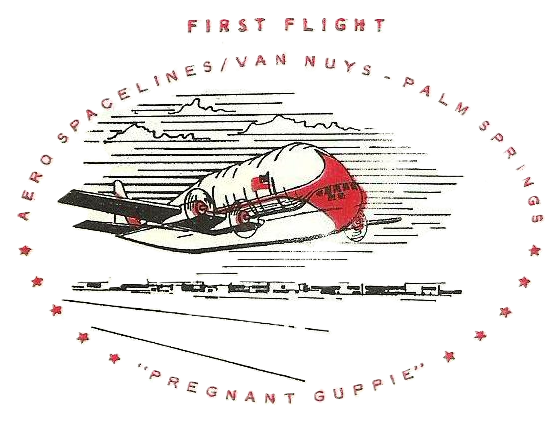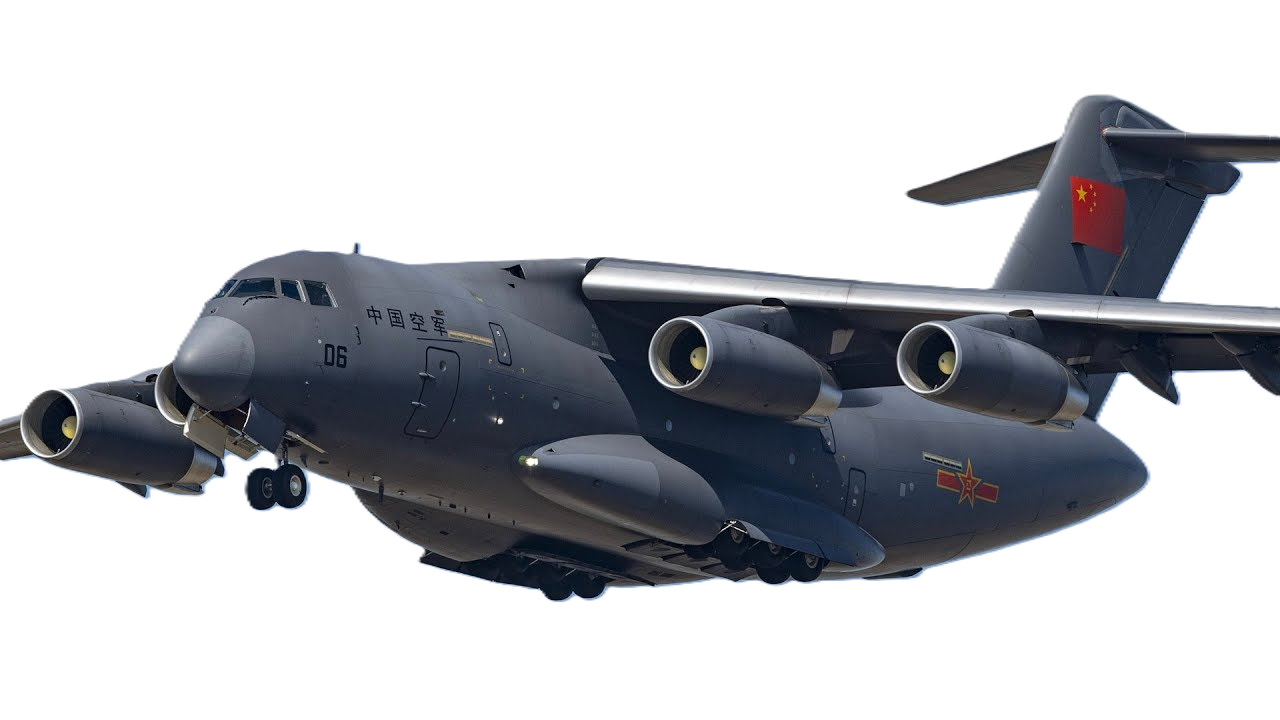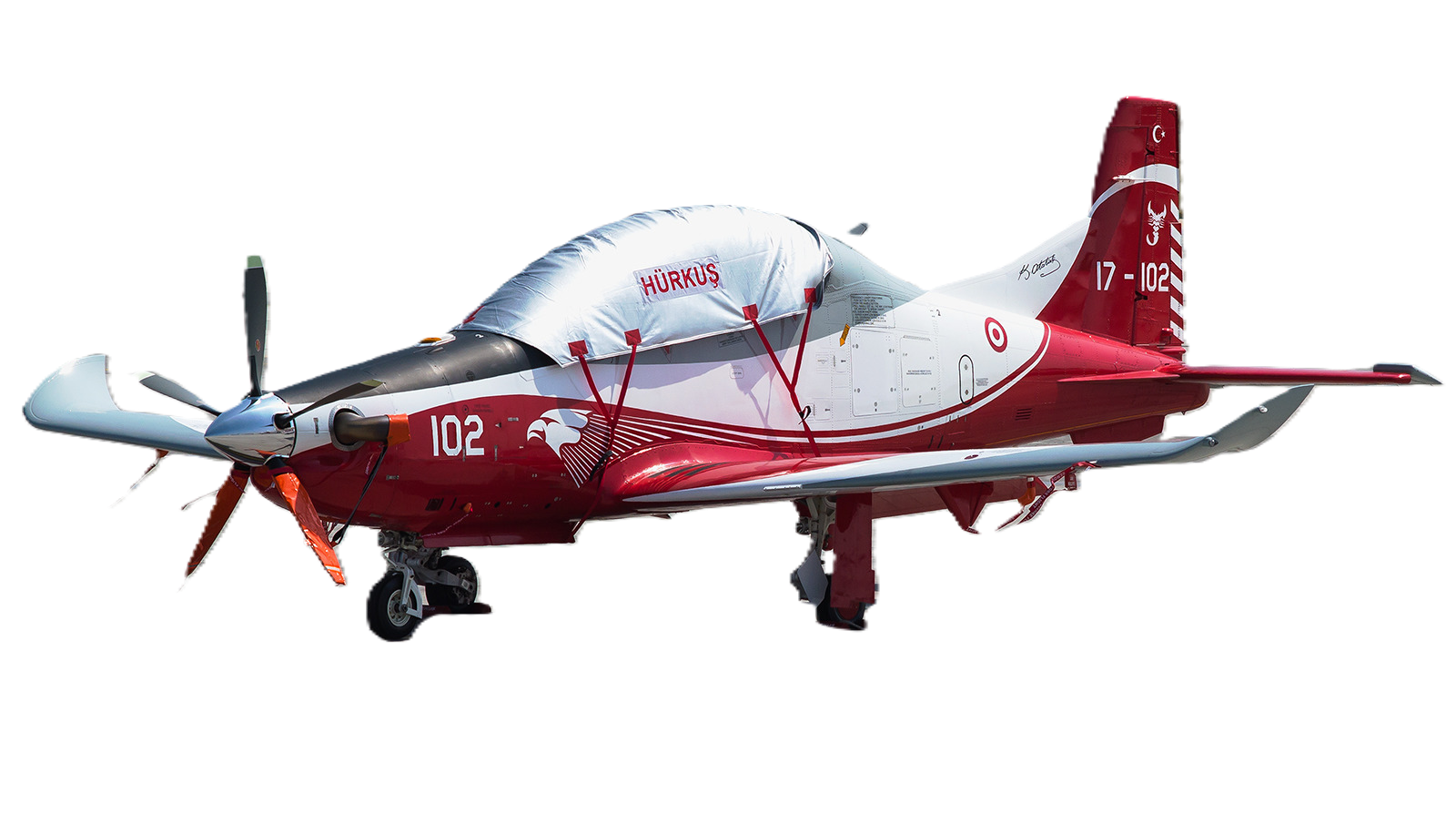.
History Saab AB (originally Svenska Aeroplan Aktiebolaget
Saab 2000 is a Swedish twin-engine turboprop

The Saab 2000 is a twin-engined high-speed turboprop airliner built by Swedish aircraft manufacturer Saab. It is designed to carry 50–58 passengers and cruise at a speed of 665 km/h (413 mph). Production took place in Linköping, Sweden. The Saab 2000 first flew in March 1992 and was certified in 1994. The last aircraft was delivered in April 1999, a total of 63 aircraft being built. As of June 2023, 31 total Saab 2000s were in either airline or military service.
In December 1988, Saab decided to build a stretched derivative of its successful Saab 340 twin-turboprop regional airliner. The new aircraft was planned to meet a perceived demand for a high-speed 50-seat turboprop with good climb performance which could operate over short- and medium-range routes with similar block times to jet aircraft while retaining the efficiency provided by turboprop engines. The new airliner, called the Saab 2000, was formally launched in May 1989, with Saab already having firm orders for 46 aircraft and options for a further 147. The aircraft was assembled at Saab's Linköping factory, with major subcontractors including CASA, who built the aircraft's wings, Short Brothers, who built the rear fuselage and Valmet who built the aircraft's tail surfaces. The Saab 2000 first flew on 26 March 1992 and entered into scheduled airline service in September 1994, a few months after its certification by the Joint Aviation Authorities in March and the Federal Aviation Administration in April..
Operators
Current operators


As of June 2023, a total of 31 Saab 2000s remained in civilian and military service:
- Pakistan Air Force (10)
- Royal Saudi Air Force (2)
- Saab Group (2)
Former operators


The following airlines formerly operated Saab 2000 aircraft in scheduled passenger service in the past:
- Adria Airways Switzerland
- Air France (operated by CityJet and Regional Airlines)
0
KmCeiling
0
KmCombat RANGE
0
Km/hAircraft Speed
0
Max Crew
Photo Gallery
Saab AB originally Svenska Aeroplan Aktiebolaget
Saab 2000 is a Swedish twin-engine turboprop


Saab AB Svenska Aeroplan Aktiebolaget
Saab 2000 is a Swedish twin-engine turboprop
General Info
-
-
- Crew: 2
- Capacity: 50–58 passengers / 5,900 kg (13,007 lb) payload
- Length: 27.28 m (89 ft 6 in)
- Wingspan: 24.76 m (81 ft 3 in)
- Height: 7.73 m (25 ft 4 in)
- Wing area: 55.7 m2 (600 sq ft)
-
Powerplant
-
- Empty weight: 13,800 kg
- Max takeoff weight: 22,800 kg
- Powerplant: 2 × Rolls-Royce AE 2100P turboprop engines, 3,096 kW (4,152 hp) each
- Propellers: 6-bladed Dowty Propellers constant-speed composite fully feathering and reversible-pitch propellers
-
Performance
- Cruise speed: 665 km/h (413 mph
- Range: 2,869 km (1,783 mi, 1,549 nmi)
- Service ceiling: 9,450 m)
- Rate of climb: (2,240 ft/min)
Related development
.
Links to Youtube & Others
In June 2006, Pakistan completed the purchase of six Saab 2000 turboprop aircraft to be equipped with the Saab-Ericsson ERIEYE Airborne Early Warning system.
Saab 2000 is a Swedish twin-engine turboprop
Some smaller airlines, including Eastern Airways in the UK, have subsequently acquired 2000s at low cost.
Youtube Link
On 3 April 2008, the first Saab 2000 Erieye AEW&C was rolled out and presented to Pakistan Air Force officials during a ceremony in Sweden.

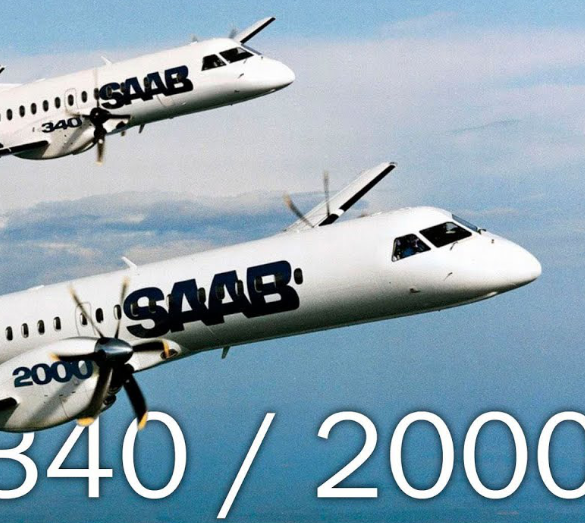

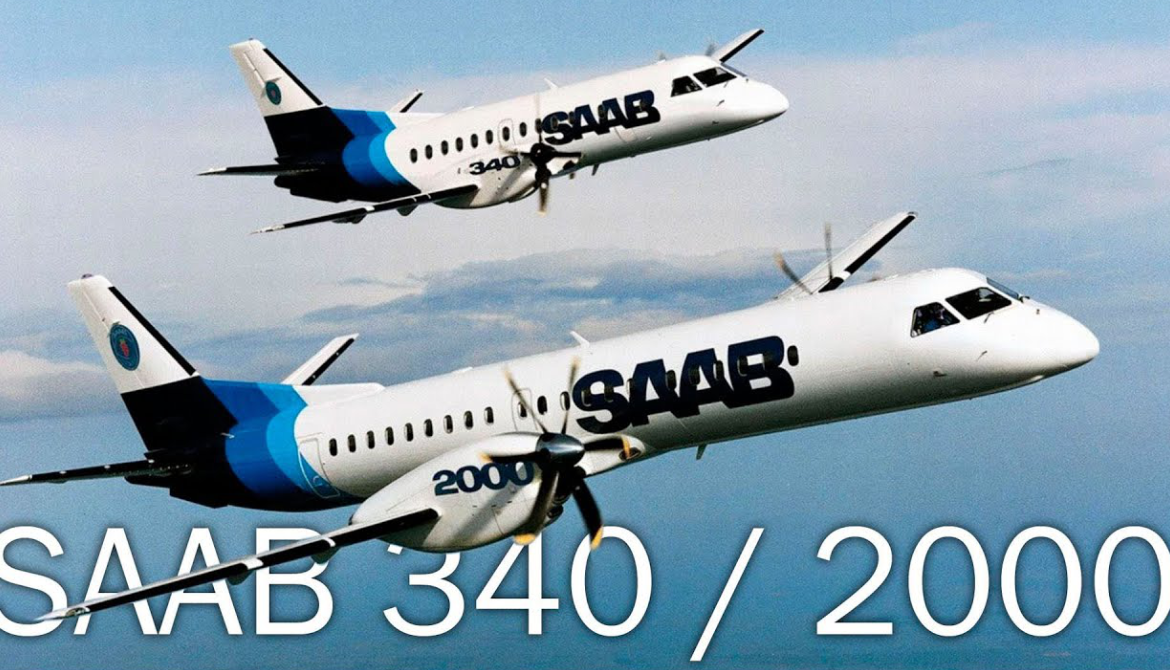
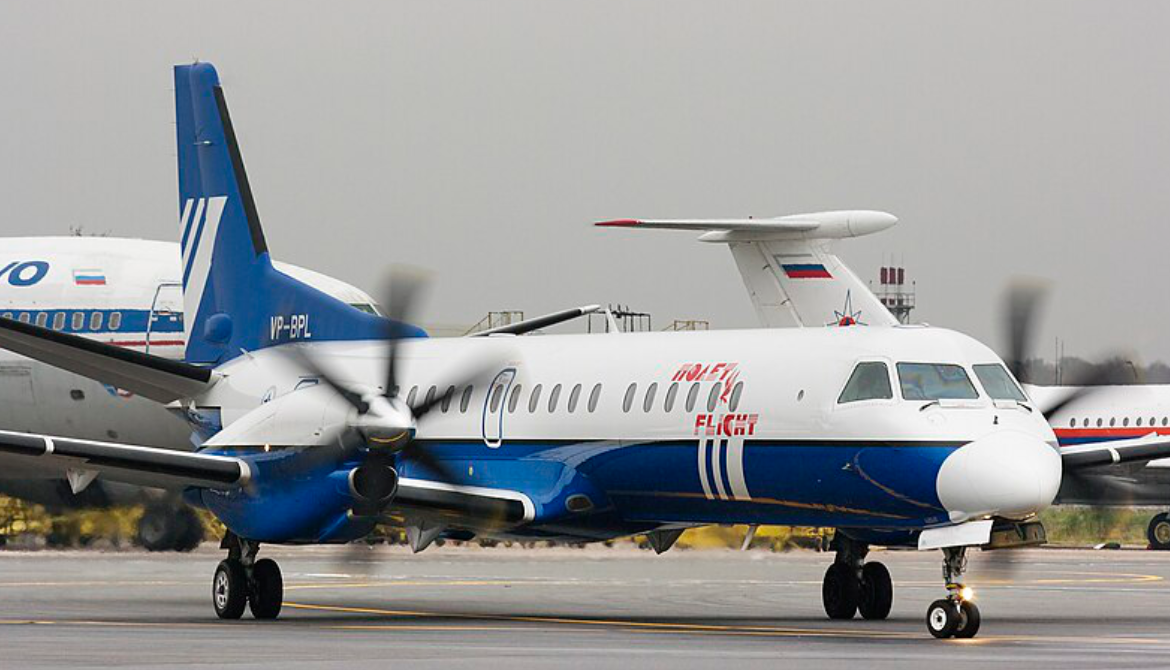
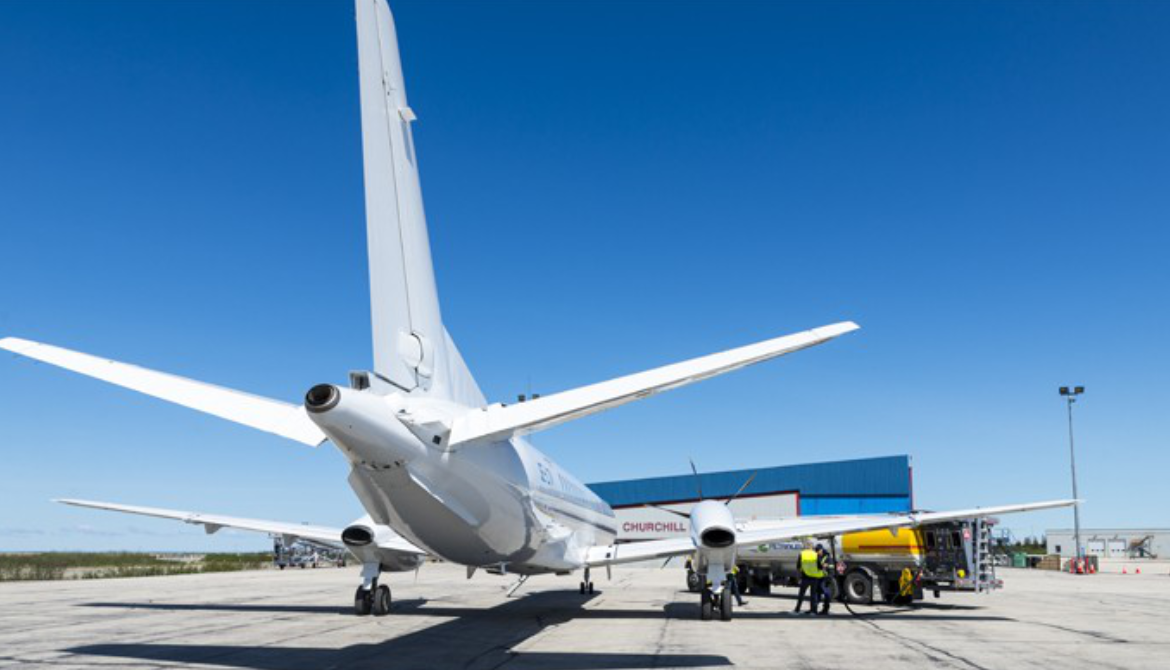
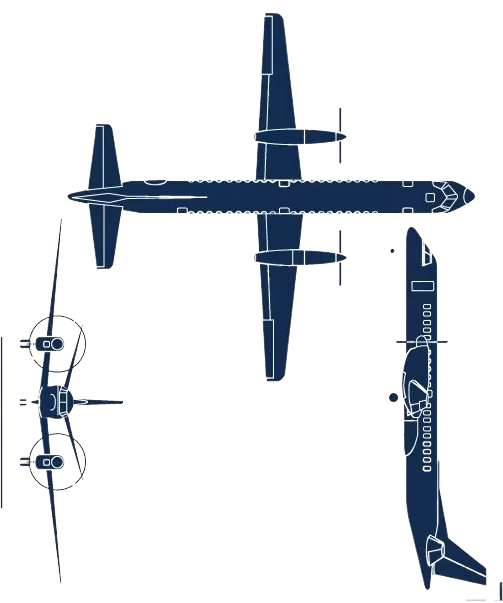
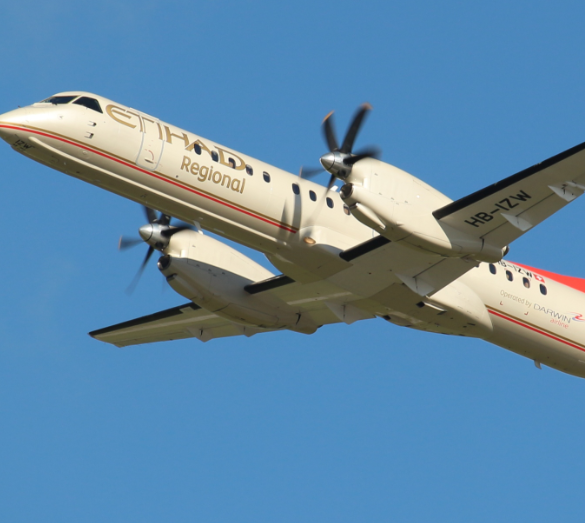
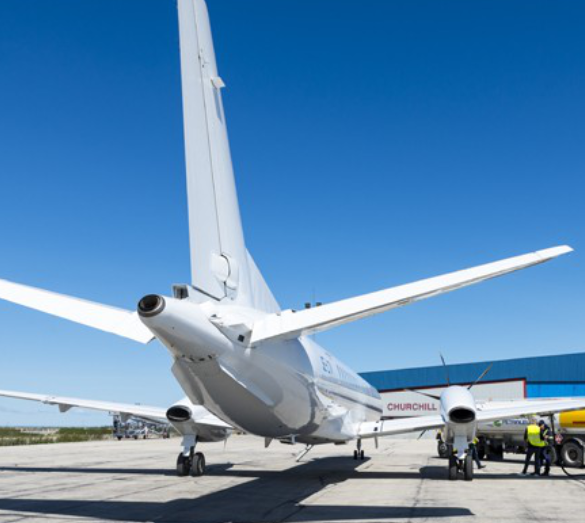
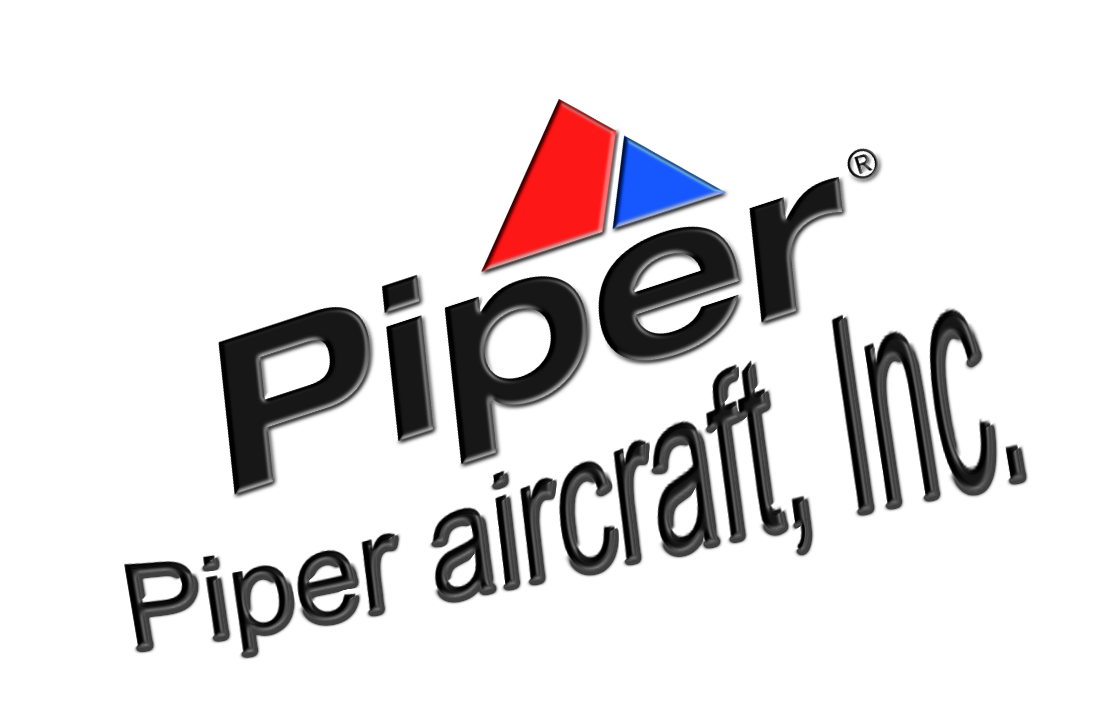
.png)
